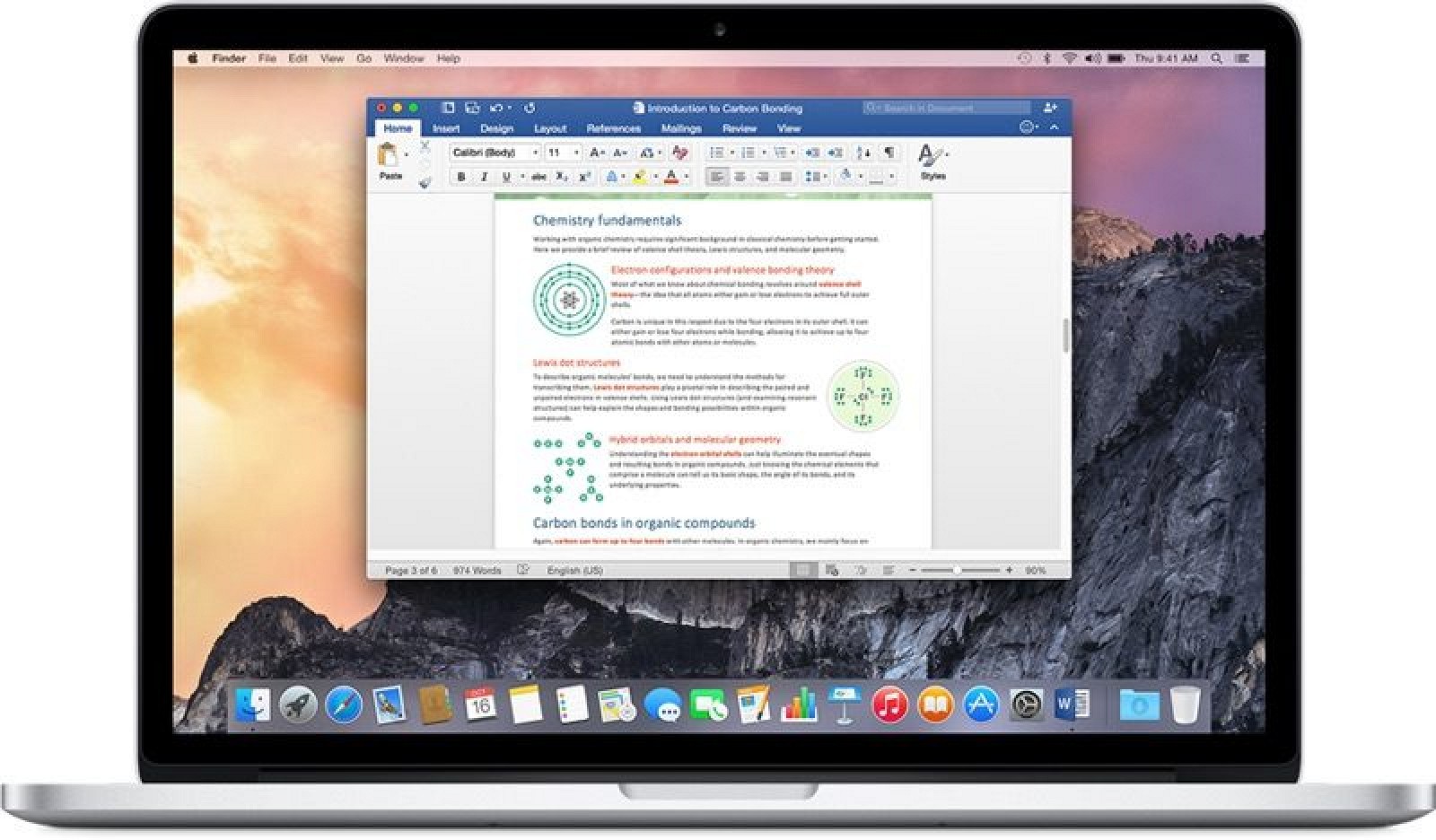Microsoft is making its Office suite available on Apple's Mac App Store today. The software giant originally promised to bring Office apps to the Mac App Store by the end of 2018, and after a. Explore the world of Mac. Check out MacBook Pro, iMac Pro, MacBook Air, iMac, and more. Visit the Apple site to learn, buy, and get support. Choose the right Microsoft 365 subscription for your Mac. Includes the latest AI-powered Office apps, 1 TB of cloud storage, and premium mobile features. With the Microsoft Surface Laptop 3, you'll get an Intel Core i7-1065G7 CPU and 16GB of RAM, while the Apple MacBook Pro will stick you with an 8th-Gen, 1.4-GHz Intel Core i5 processor and 8GB of RAM. Mac service and repair. Learn about AppleCare+ and the Apple limited warranty coverage, start a service request for your Mac, and find out how to prepare your Mac for service. Learn more about repairs.
© ZDNetWWDC 2020
Apple confirmed it is moving the Mac to the Arm architecture amid a big software design overhaul that brings MacOS, iOS, and iPadOS together in both look and feel.
At WWDC 2020, Apple laid out a roadmap that started with operating systems and went into hardware and processors. Going forward, Apple's design language across devices and operating systems will be more consistent -- as will the hardware that powers them.
Microsoft Software For Mac
The company also outlined a case that revolves around innovation and an easy transition. MacOS native apps already work with Apple silicon and big software partners such as Microsoft and Adobe are on board with the Arm shift. Mac apps that aren't ready for Apple's chips immediately will run on virtualization.
Apple CEO Tim Cook said transition will take two years from Intel to Apple silicon and first Arm based systems will be available by the end of the year. Cook said Apple will support Intel based Macs for the foreseeable future.
This MacOS release will be called Big Sur and include a cleaner design and consistency with iOS and iPadOS. System-level controls, notifications, and widgets all rhyme with what is typically seen on iOS.
Apple retained some of the details of the well-known Mac icons. Apple said the MacOS is familiar yet entirely new.
© Provided by ZDNetWith the overhaul of photos, dock, and grids, it's clear that Apple is going with a MacOS design that provides a bridge to iOS 14. The code may not be bridged, but the look and feel of the Mac is starting to rhyme with iOS.
Even controls and messages go with what you'll see on iOS and iPadOS.
You see where this is headed: The MacOS overhaul comes as the Mac will be moving to Apple's Arm-based processors in the future. Mac Catalyst, a program that enables developers to create Mac apps from iPad apps, also received a bevy of updates to make bridging those applications easier.
Consider MacOS an Arm-ready OS.
With that backdrop, Craig Federighi, Apple's senior vice president of software engineering, set up the announcement nearly everyone in tech was waiting for. Mac goes Arm. CEO Cook said the additon of Arm will take the Mac 'to a whole new level.'
Cook said moving the Mac to Apple processors will allow it to better integrate hardware and software. The argument for moving the Mac to Apple's own processors go like this:

Microsoft For Apple Macbook
- Apple can control its innovation cycle and bring low power and better performance to the Mac.
- The company has been advancing silicon tools and the Mac can use those technologies with its own custom processor.
- MacOS Big Sur is already built to take advantage of Arm and Apple silicon. All of Apple's native apps are already running on Xcode and equipped for Arm. Developers can make Mac apps work on Arm and Intel with Universal 2 at the same time.
- Microsoft and Adobe already have their applications Office and Creative Cloud, respectively, running on Apple silicon. Final Cut Pro is also working on Apple silicon.
- Apple will provide a bevy of developer tools as well as a Developer Transition Kit, a Mac mini with an A12Z SoC.
Apple Developer Program members can start moving their apps to Apple silicon today by applying for the Universal App Quick Start Program. The program provides access to documentation, forums support, beta versions of macOS Big Sur and Xcode 12, and includes the limited use of a DTK, which will enable developers to build and test their Universal 2 apps. Video viewer security camera software. The DTK, which must be returned to Apple at the end of the program, consists of a Mac mini with Apple's A12Z Bionic SoC inside and desktop specs, including 16GB of memory, a 512GB SSD, and a variety of Mac I/O ports. Developers can apply to the program at developer.apple.com, and the total cost of the program is $500.
